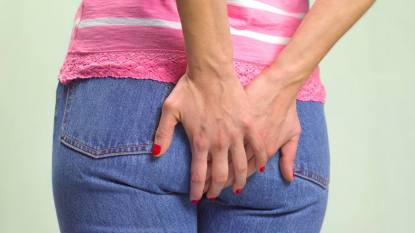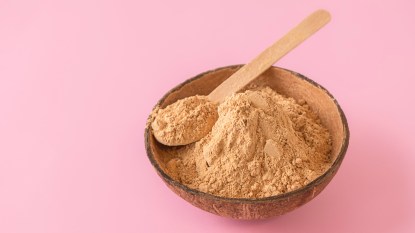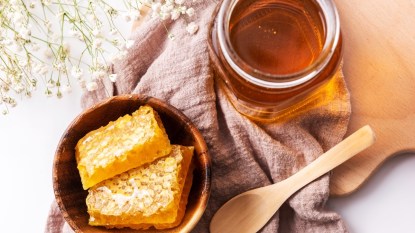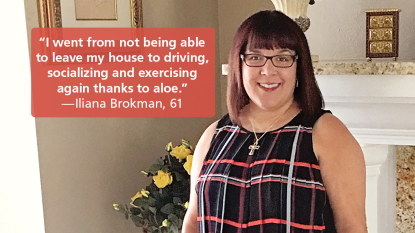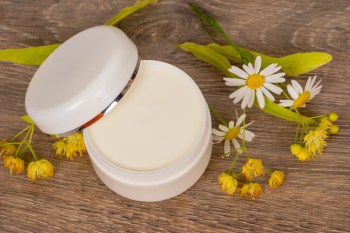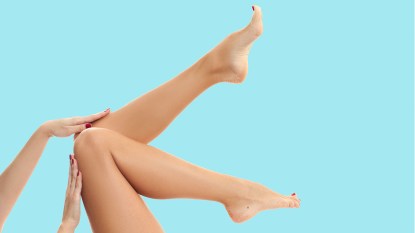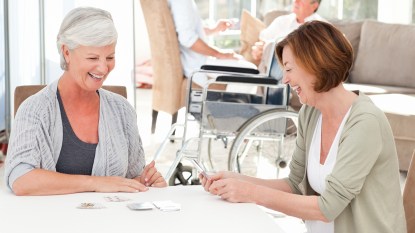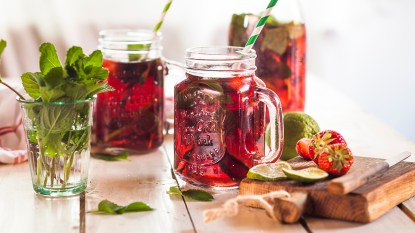Bacterial Vaginosis Home Remedies: Docs Reveal What to Try + What You Absolutely Should Skip
These natural fixes help block BV and yeast infections from recurring
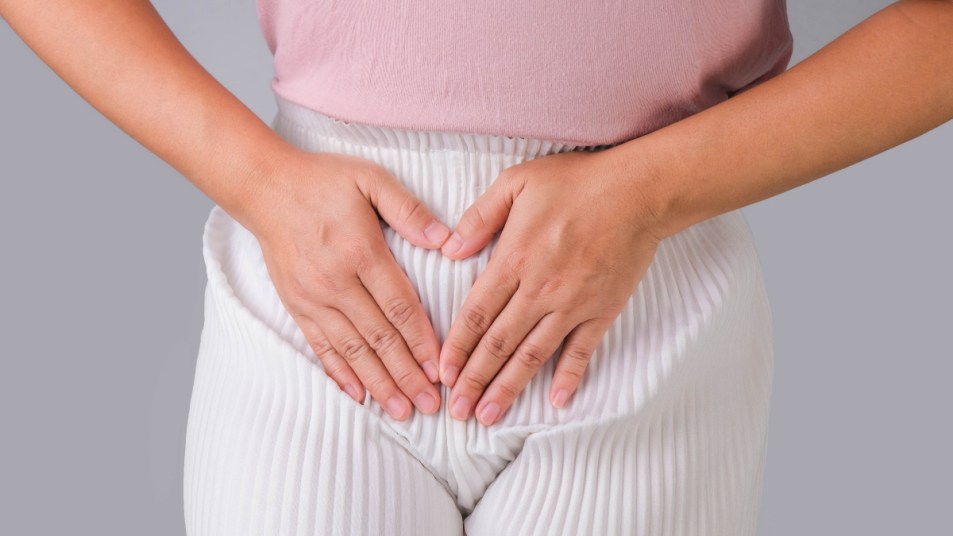
Are you feeling less-than-great down there lately? Unpleasant symptoms like itching, burning and discharge are typical of two very common conditions: bacterial vaginosis and yeast infections. If you’re like most women, you’ve probably wondered about bacterial vaginosis home remedies.
“Almost everyone who comes to see me with vaginal discomfort has tried something they looked up on the internet first, and it usually compounds the problem,” says Rebecca Levy-Gantt, DO, an OBGYN in private practice in Napa, California, and the author of Perimenopause for Dummies. “Garlic is very nice on spaghetti, but please don’t put garlic in your vagina. It disrupts the pH balance.”
Here’s what you need to know about the most common vaginal infections and how to treat them. Plus, learn how to prevent future flare-ups with bacterial vaginosis home remedies.
What is bacterial vaginosis?
Bacterial vaginosis (BV) occurs when the natural balance of bacteria in the vagina is disrupted. In other words, the bad bugs crowd out the good ones. Unlike a yeast infection, it’s caused by bacteria, not yeast. BV is particularly prevalent among women in their reproductive years. It’s probably BV and not a yeast infection if the discharge is thin, gray and foamy, or has a fishy smell, says Jennifer M. Blaber, MD, clinical assistant professor of obstetrics and gynecology at Stony Brook Medicine. (Click through to learn how balancing your vaginal pH can ease itching and odor.)
Several factors can contribute to BV by changing the balance of bacteria in the vagina. This results in too many bad microbes and not enough beneficial ones. Common causes include:
- Multiple or new sexual partners
- Using scented products in the vagina
- A natural lack of lactobacilli bacteria
“BV is not an STD,” assures Dr. Blaber. It can occur in women who are not sexually active.
What is a yeast infection?
“A yeast infection is characterized by inflammation caused by an overgrowth of a fungus in the Candida family,” says Dr. Blaber. Candida is usually present in small amounts in the vagina. When its balance is disturbed, it can lead to an infection.
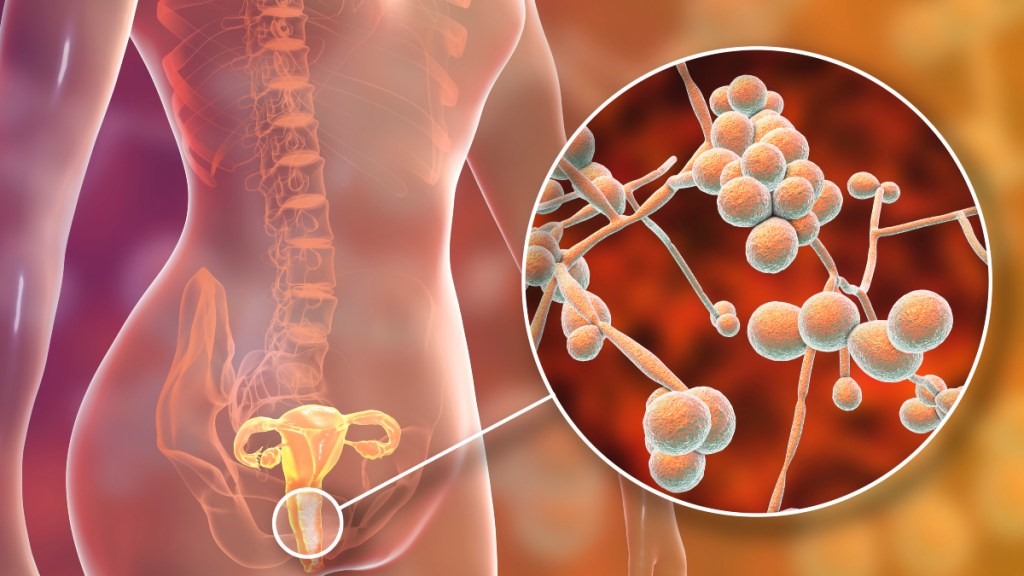
Yeast infection symptoms differ from BV in that the discharge is thicker and there isn’t a strong odor. “The classic yeast infection symptoms are a cottage cheese-type discharge and itching,” says Dr. Levy-Gantt.
Some of the most common causes of yeast infection include:
- Antibiotic use, which kills beneficial bacteria in the vagina
- Hormone fluctuations
- Certain health conditions such as diabetes
Even women who have never had issues can start getting yeast infections as they progress through pregnancy, perimenopause or menopause, says Dr. Levy-Gantt. It’s the changing hormones that alter the vaginal microbiome.
“After your period, you’re also more vulnerable to a yeast infection because blood changes your vagina’s pH,” adds Dr. Levy-Gantt.
Related: Ob/Gyns: If Your Yeast Infection Doesn’t Go Away After Treatment, It May Be *This*
Do home remedies for bacterial vaginosis work?
It’s complicated. Dr. Blaber and Dr. Levy-Gantt say there aren’t great evidence-based home remedies that reliably cure either bacterial vaginosis or yeast infection. The best way to treat bacterial vaginosis is with a prescription antibiotic. And the best way to treat yeast infections is with a prescription antifungal.
If you’ve had yeast infections before and had success with an over-the-counter treatment like Monistat, it’s OK to use it if you can’t get in to see your doctor. “Just get the three- or seven-day formulas,” Dr. Blaber advises. “The one-day formula has a different active ingredient that can lead to secondary infections.”
That being said, many women have gotten relief from natural fixes. And there are home remedies for both bacterial vaginosis and yeast infections that can help prevent the conditions from flaring up again in the future once you’ve cured an active infection.
Home remedies for bacterial vaginosis and yeast infections
If you are experiencing anything that doesn’t feel right, visit your gynecologist. “Go at the first sign or symptom — that means even a vague feeling of vaginal discomfort or irritation,” says Dr. Levy-Gantt. Putting it off is likely to mean more discomfort, medication and expense than necessary.
Once your infection is cleared up, you can help reduce your risk of recurrences from both bacterial vaginosis and yeast infections with these home remedies.
1. Opt for a boric acid suppository
This is one of the most widely-known home remedies for both bacterial vaginosis and yeast infections. A Johns Hopkins University School of Medicine study found that 77% of women were satisfied with boric acid treatment for their recurrent infections. The women were prescribed an initial regimen of boric acid daily for seven to 14 days after a flare up. This was followed by maintenance doses of boric acid two to three times a week for 13 months.
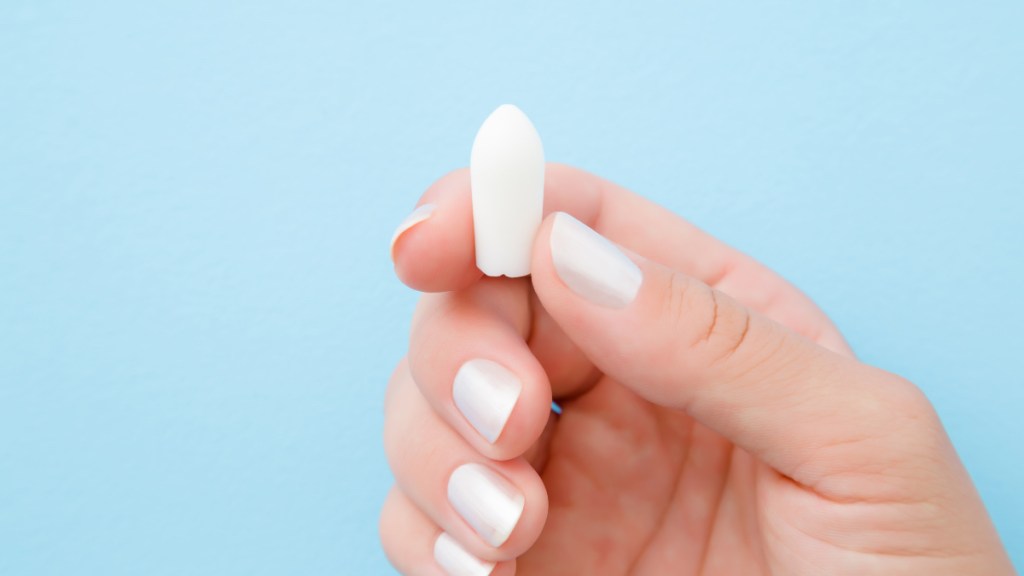
“If we properly treat the issue first, boric acid may be used as a maintenance treatment,” says Dr. Levy-Gantt. One to try: NutraBlast Boric Acid Vaginal Suppositories (Buy on Amazon, $14.99). (Click through to see our best natural yeast infection cures.)
2. Use vitamin C this way
In a small study in the Journal of Clinical Medicine Research, researchers looked at women who had been cured of a bacterial vaginosis episode by antibiotics. When they inserted a 250 mg vitamin C tablet into their vagina once daily for six days, it prevented a recurrence of BV for 86% of them. Vitamin C may prevent infections by restoring a healthy pH level in the vagina to enhance the body’s ability to fight off bad bacteria.
3. Savor probiotic-rich yogurt
“Since the depletion of good vaginal bacteria (lactobacillus) is the root cause of BV, it makes sense to replenish them,” says Barbara DePree, MD, a certified menopause practitioner and founder of MiddlesexMD.com. “Studies have shown a 60% reduction in infections in women who eat probiotic-enhanced yogurt daily for 30 days.” (Click through for a simple recipe to make yogurt at home).
Not a fan of yogurt? Dr. DePree advises taking a probiotic with lactobacillus once daily to help ward off future infections. One to try: Nature’s Way Women’s Probiotic Pearls (Buy on Amazon, $11.81).
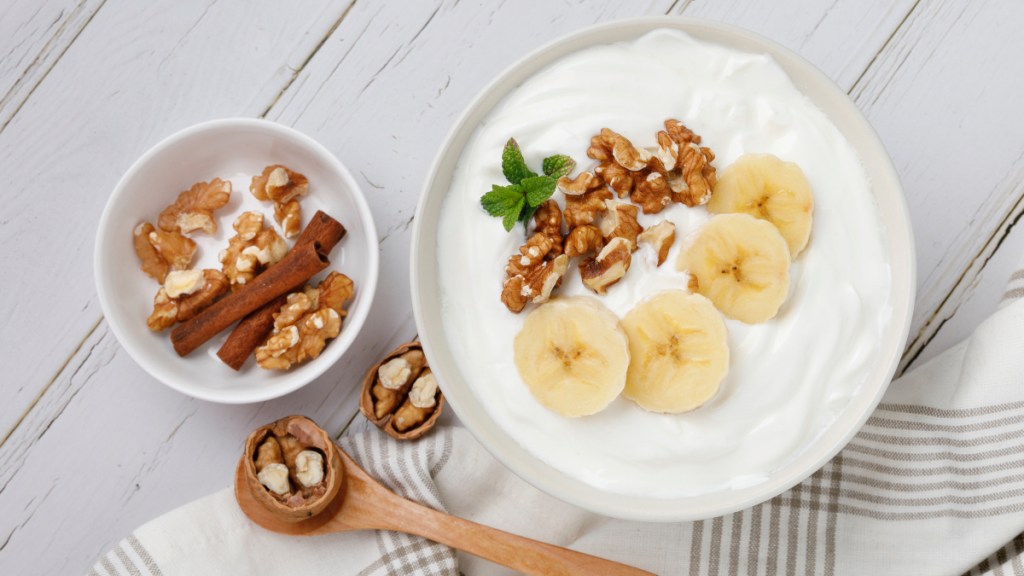
4. Consider a vinegar and water combo
Since the vagina is “self cleaning”, there’s no medical reason to douche. And doctors agree you should avoid store-brought douches, which contain fragrances and other ingredients that do more harm than good. Still, “there are people for whom nothing else has worked,” says Dr. Levy-Gantt. “For them, I suggest a homemade vinegar and water douche.”
This fragrance-free homemade version can be helpful for changing the pH in the vagina to make it more resistant to infections. Combine two parts water with one part vinegar in a peri bottle. One to try: Frida Mom Upside Down Peri Bottle (Buy from Amazon, $12.97).
“Put it in the shower, and twice a week, squeeze it up [the vagina],” Dr. Levy-Gantt says. The vinegar raises PH in the vagina, helping to create an environment where healthy bacteria can flourish. For women with frequent flare ups, it can help ward off both BV and yeast infections.
Healthy habits that block infections
In addition to bacterial vaginosis and yeast infection home remedies, there are simple vagina-friendly habits you can adopt to help keep trouble at bay.
- Don’t use soap, commercial douches or any product advertised as a way to feel fresher “down there,” says Dr. Levy-Gantt.
- “Wear cotton underwear,” says Dr. Blaber. It’s a breathable fabric that helps maintain a healthy environment for microbes and prevents moisture from building up,
- When being intimate, use condoms, Dr. Blaber advises. This can help prevent picking up BV from bacteria introduced by a new partner.
- “Stop shaving,” recommends Dr. Levy-Gantt. Your hair is there to protect you from bacteria, she adds.
- “Don’t linger in wet or sweaty clothes,” says Dr. Blaber. It’s a fast track to yeast infections.
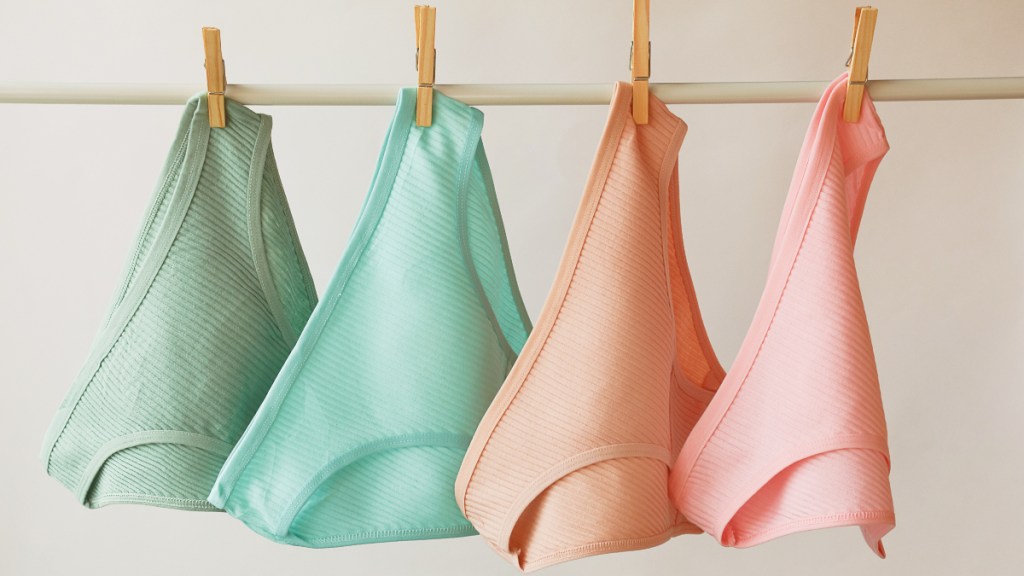
For more ways to get relief from vaginal health hassles:
Balancing Your Vaginal pH Can Put an End to Odors, Itching and Discharge, Say MDs
Ob/Gyns on How to Tell If That Lump Is a Vaginal Skin Tag Or Something More Serious
This content is not a substitute for professional medical advice or diagnosis. Always consult your physician before pursuing any treatment plan.



